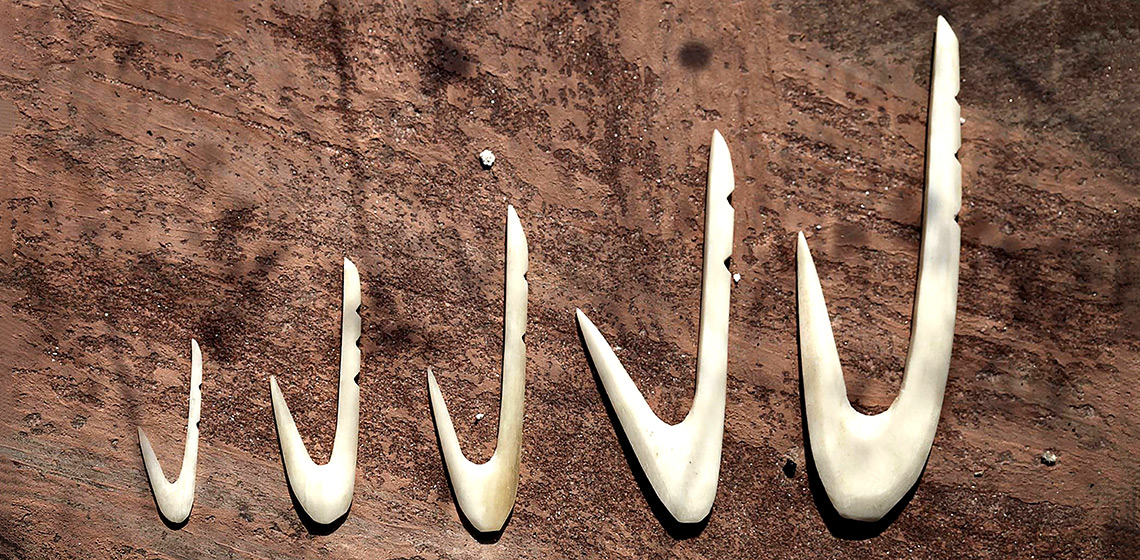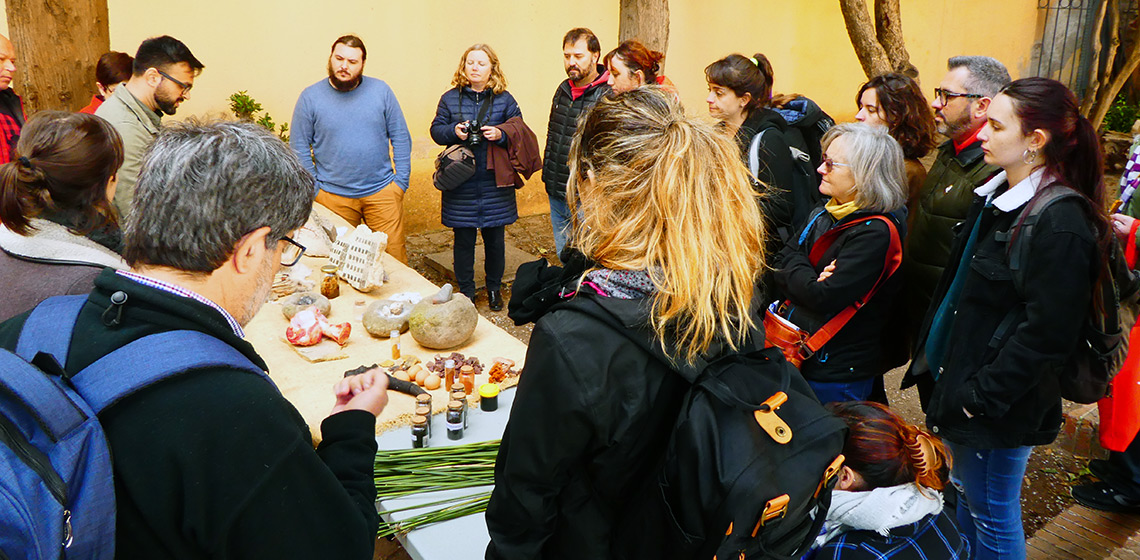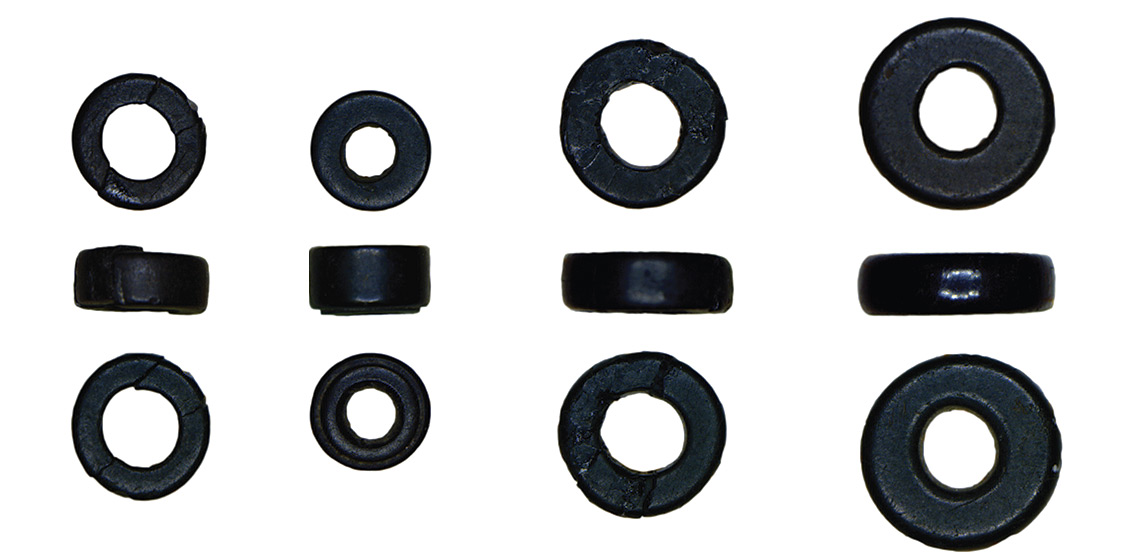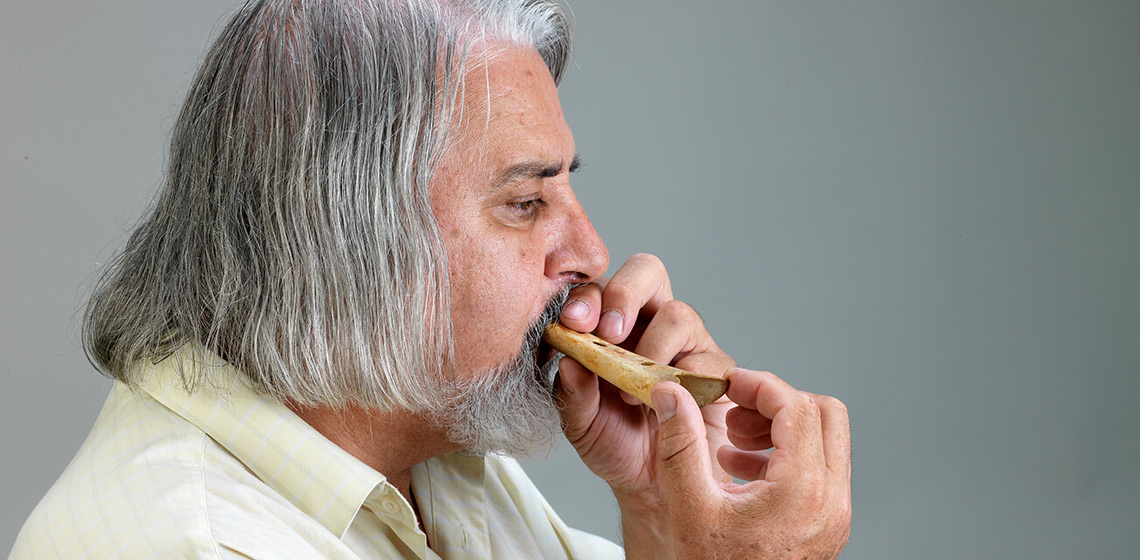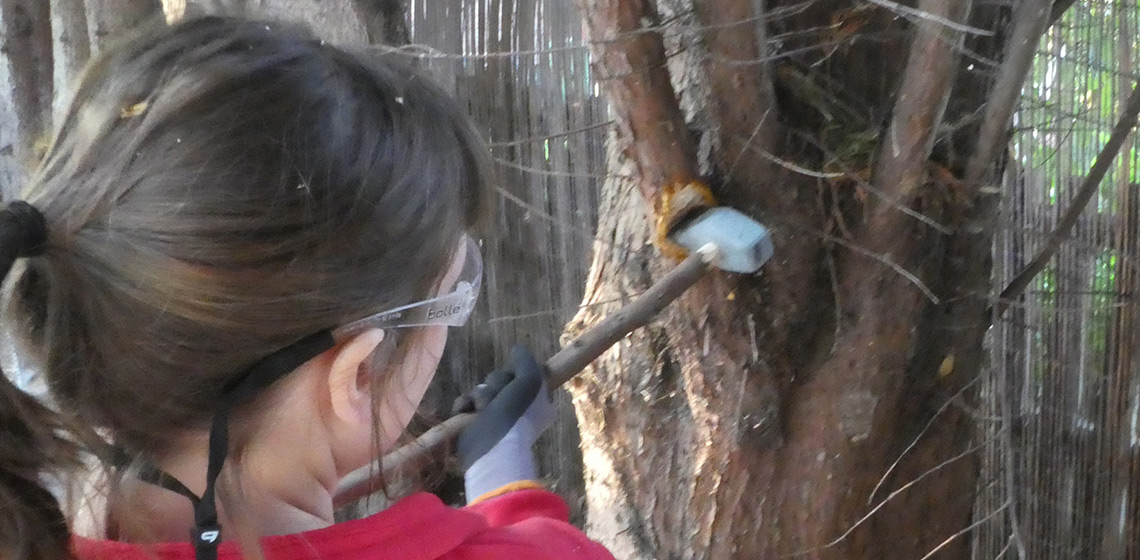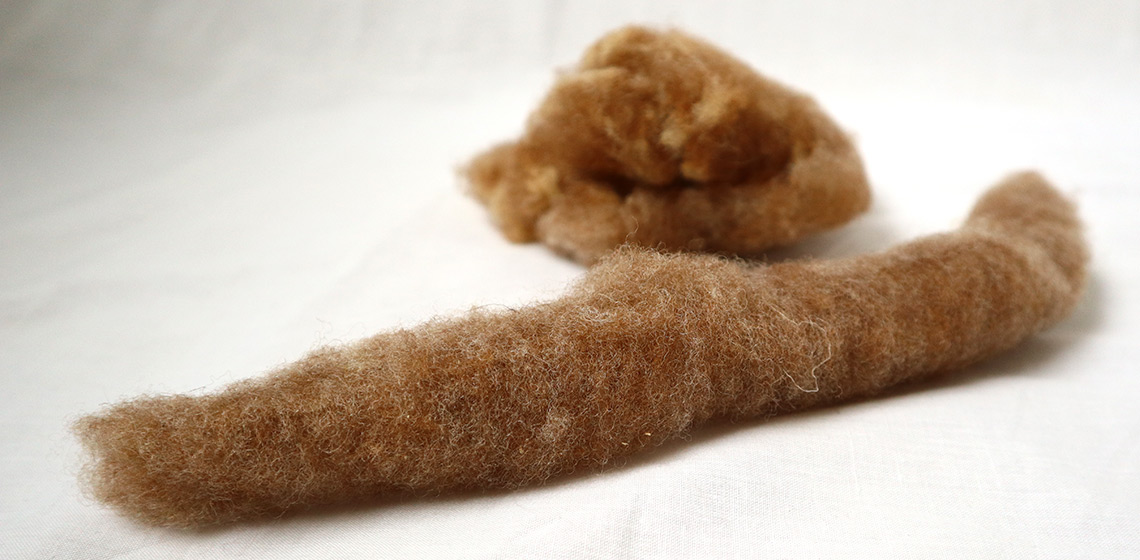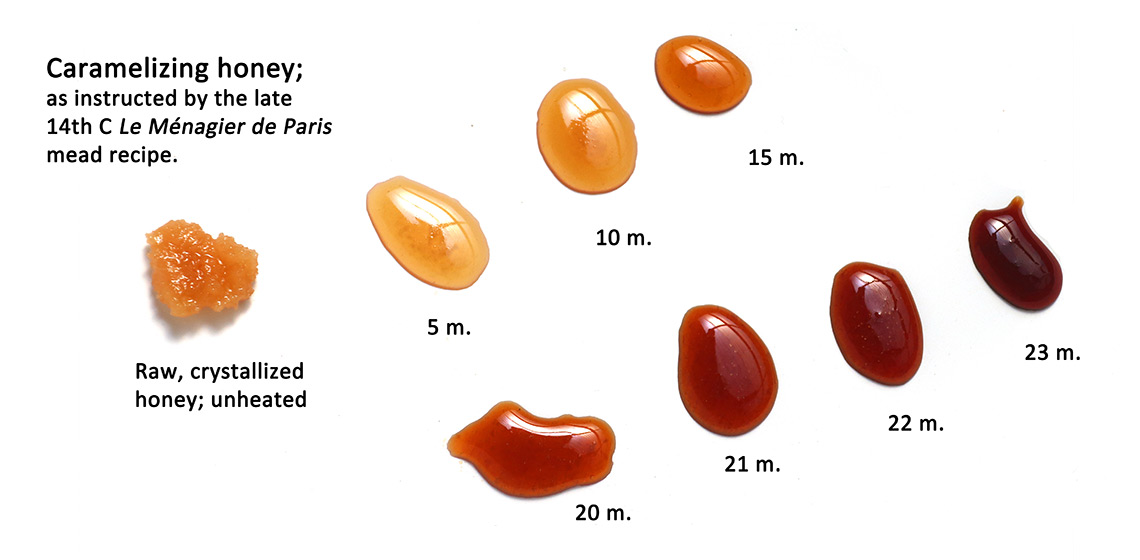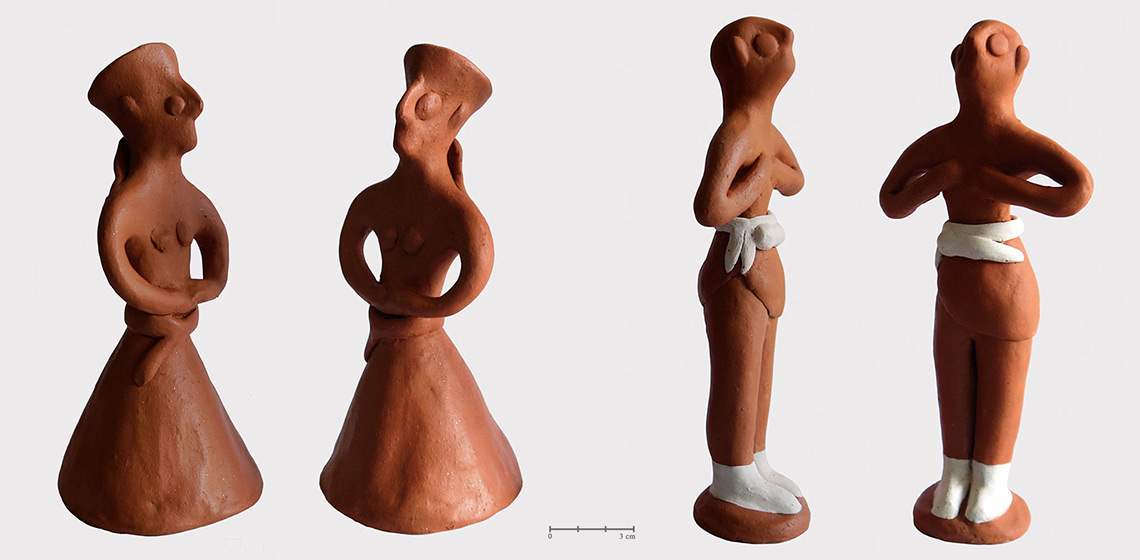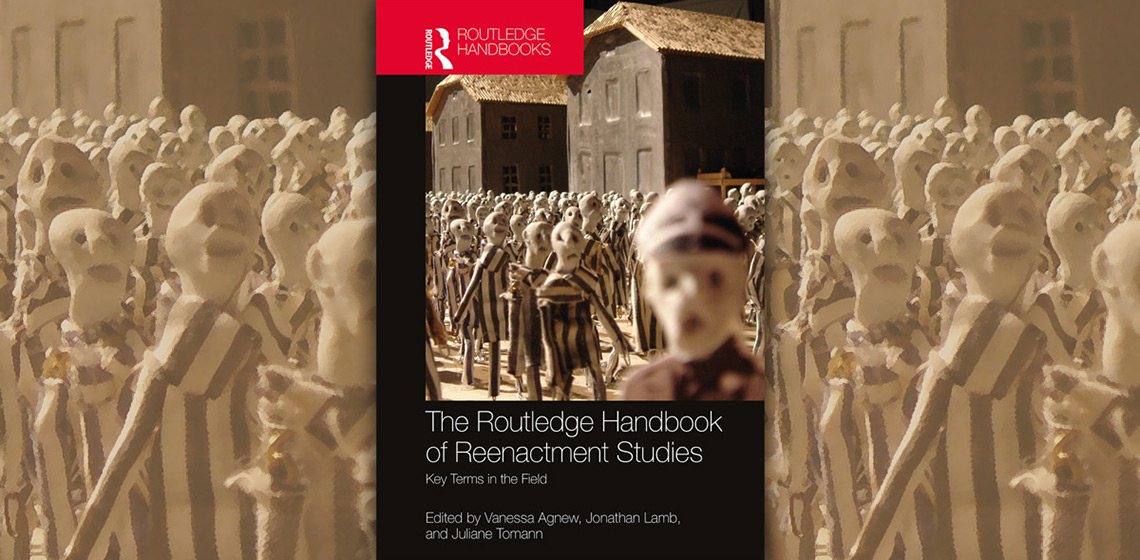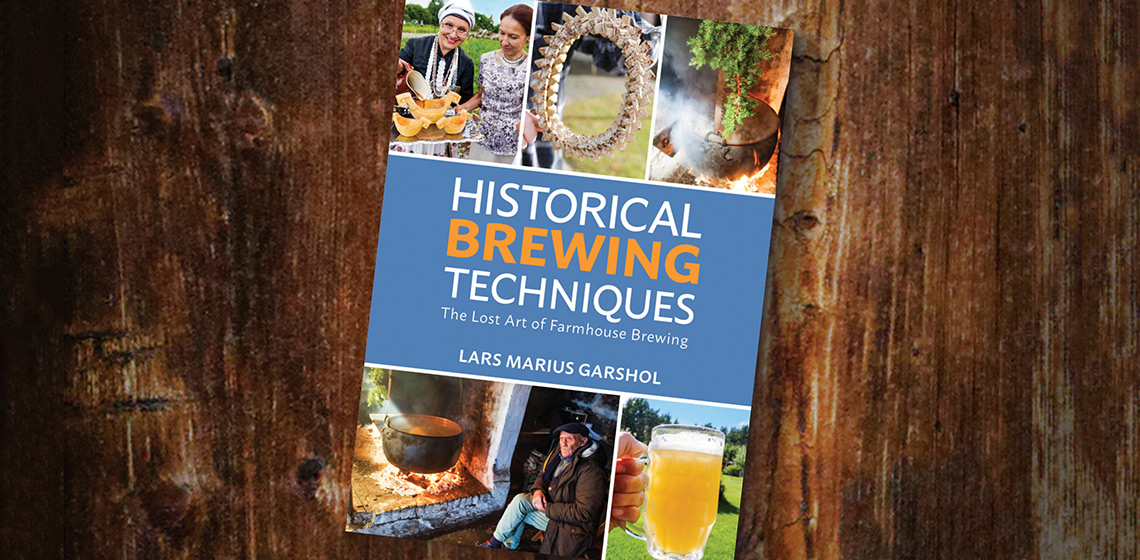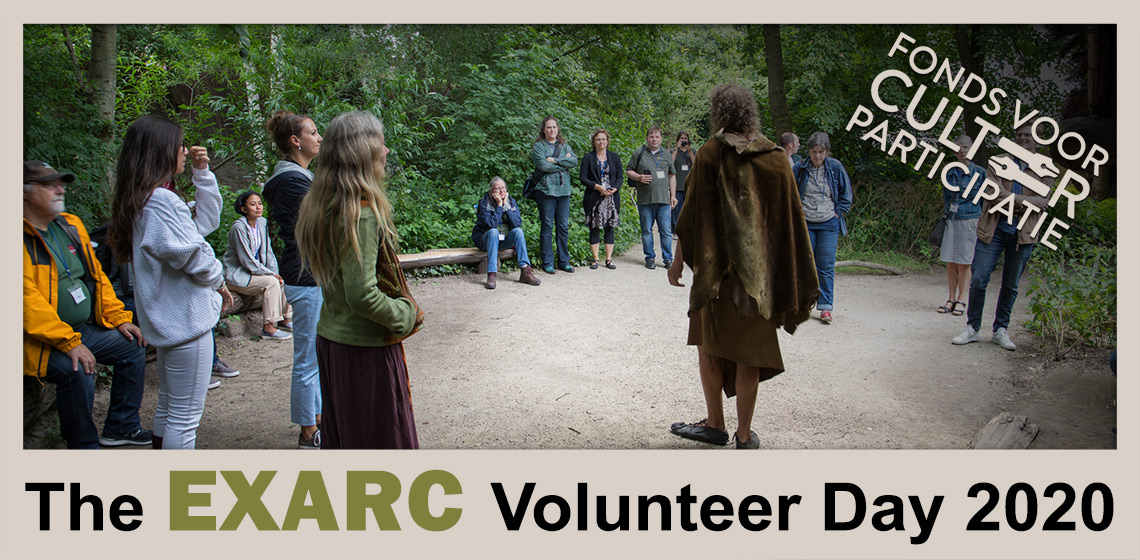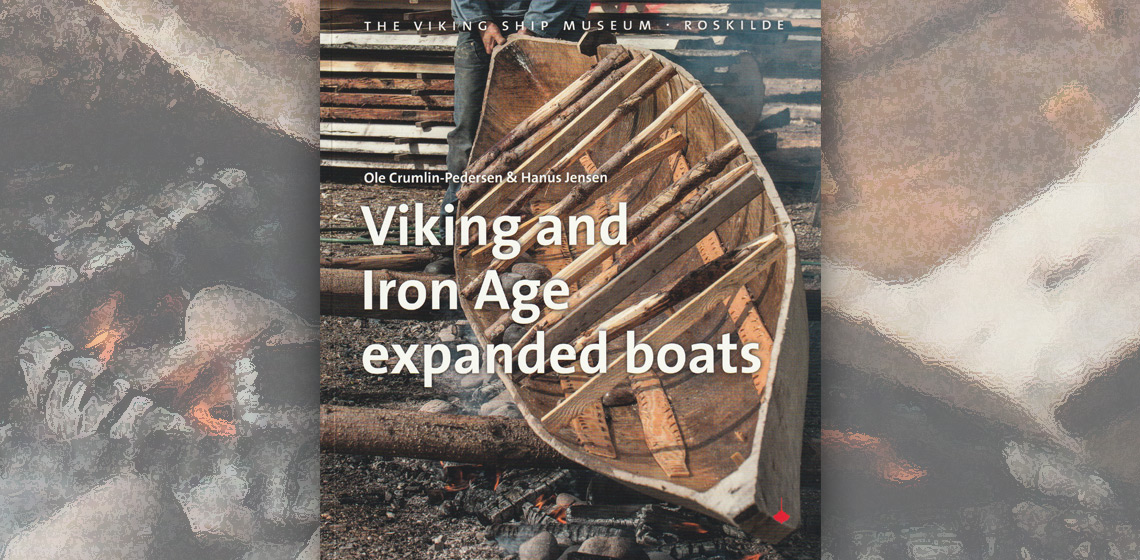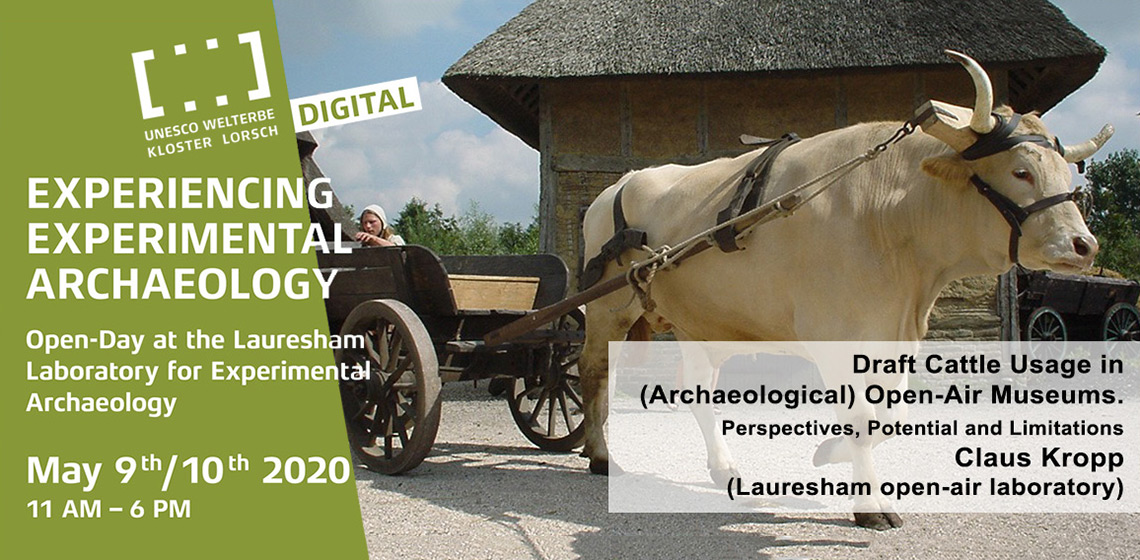EXARC Journal Issue 2020/3



19 Articles | DOAJ | Open Access
ISSN: 2212-8956
Publishing date: August 21, 2020
📄 EXARC Journal 2020/3 Table of Contents
Copyrights: EXARC, 2020
Summary
The 3rd EXARC Journal of 2020 contains 19 articles.
Four of them relate to the Experimental Archaeology Conference #EAC11 in Trento. Other papers come from countries such as Brazil, Iran and Israel. Interpretation and experimental archaeology is as relevant today as ever. Authors of these papers cut into trees, make clay figurines and work with textiles in the classroom. Some questions answered include: is this really a useful Stone Age flute? What can we learn from a medieval household manual by following its recipes? Our articles also show that museums are involved in research a lot.
In our Mixed Matters, a Danish approach to using fighting Vikings as an exercise in community and camaraderie catches interest, but we also discuss books on brewing, ship building and textiles…
Reviewed Articles
The Development of the 1st Cultural Exchange of Traditional Knowledge and Experimental Practices of the Peruaçu River Basin
Experiment with Kindling Oil Lamps
Roe Deer as Raw Material for Middle Mesolithic Fishhooks? An Experimental Approach to the Manufacture of Small Bone Fishhooks
Experimental Archaeology in the Museum of Archaeology of Catalonia
***The Museu d'Arqueologia de Catalunya (MAC) was created under the Museums of Catalonia Act in 1990 by the Department of Culture of the Government of Catalonia. Its foundation dates back to 1932. The museum carries out various activities related to Experimental Archaeology projects in the fields of both education and research...
Digital Saryazd: Increasing Tourist Engagement Using Digital Documentation
Techno-functional Study of the Personal Ornaments in Lignite of the Boira Fusca Cave (Cuorgnè, Torino-Italy)
***This paper aims to present a techno-functional study of lignite ornamental objects found during the Fedele excavations (1977-1980) in the Boira Fusca Cave (Cuorgnè, Salto-Turin, Italy). The site demonstrates a chrono-cultural sequence which extends from the late Palaeolithic to the Modern era...
Experimental Research on the Neanderthal Musical Instrument from Divje Babe I Cave (Slovenia)
***The supposition that an unusually perforated femur of a juvenile cave bear found at the Divje babe I Palaeolithic cave site in Slovenia could be a musical instrument led to heated debates. According to its archaeological context and chronostratigraphic position, if made by humans, it could only be attributed to Neanderthals...
Enhancing the Accuracy of Use Interpretation: The Discovery of a New Wear Formation with the Complementary Methods of Experimental Archaeology and Use-Wear Analysis
***Experimental archaeology and use-wear analysis are methods used together to understand aspects of an object’s life, such as manufacture and use. This paper demonstrates the benefits of analysing use-wear through experiments. It presents the results of experiments which were carried out to test the use of battle-axes and axe-hammers...




